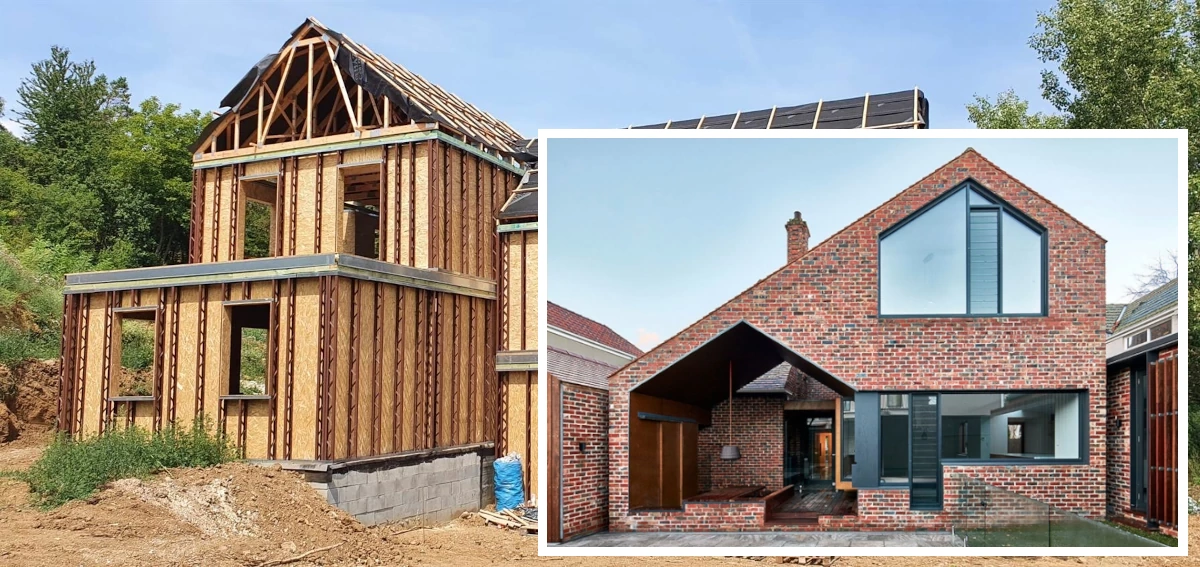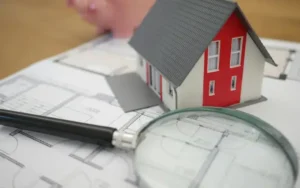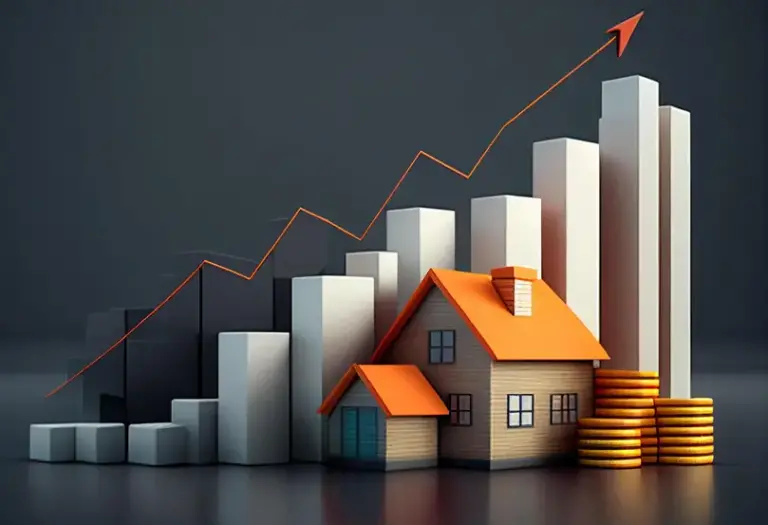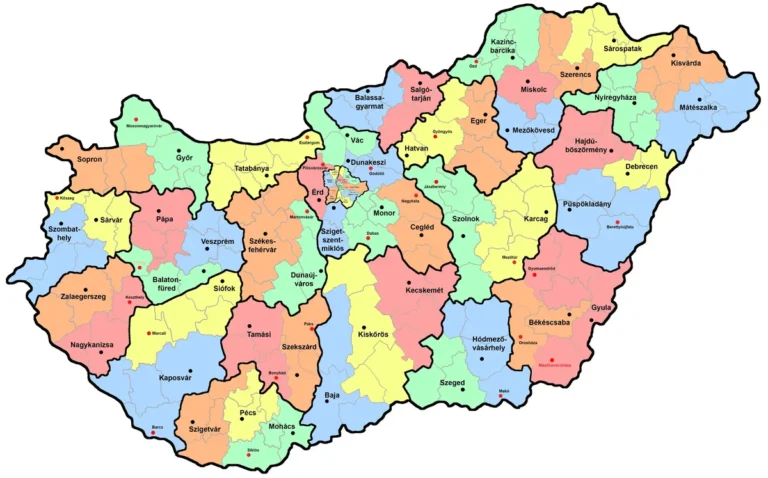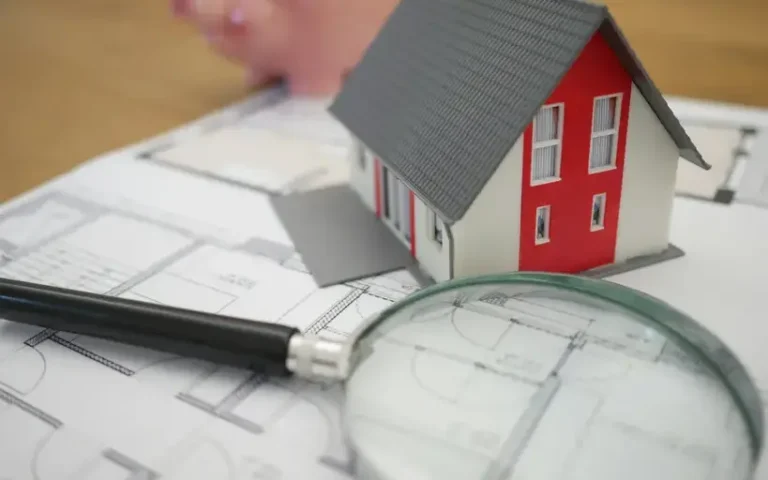Stability and value preservation of lightweight and solid structure properties
Understanding the stability and value preservation of lightweight versus solid structure properties is crucial for making informed decisions in the real estate market. Both construction types have their unique advantages and considerations that can impact long-term value and stability. This blog post explores these differences in detail, providing insights to help investors and homeowners choose the right type of construction for their needs.
Durability and longevity
Solid structure properties
Solid construction properties, often built with dense concrete, are known for their high durability and long lifespan. These buildings feature thicker walls and robust foundations that can withstand significant wear and tear over time. This makes them highly resistant to environmental stressors such as extreme weather conditions. Dense concrete blocks, with densities ranging from 1900 to 2100 kg/m³, offer excellent compressive strength and load-bearing capacity, making them suitable for both residential and commercial applications.
Lightweight structure properties
Lightweight construction properties, typically using materials like lightweight aggregate concrete, offer the advantage of reduced structural weight without sacrificing significant strength. While these buildings are quicker and cheaper to construct, they may not provide the same level of durability as solid structures. Lightweight concrete, though beneficial for its insulation properties and fire resistance, may exhibit higher creep and shrinkage, potentially impacting long-term stability.
Construction speed and cost
Solid construction
Building with solid materials like dense concrete often involves longer construction times and higher costs due to the material’s weight and handling requirements. However, the investment in solid construction can pay off in the long run through lower maintenance needs and better resistance to environmental damage.
Lightweight construction
Lightweight materials are easier to handle and transport, significantly reducing construction time and labor costs. This makes lightweight construction an attractive option for projects with tight timelines and budgets. The reduced structural weight also lowers foundation costs and enhances the building’s energy efficiency due to better insulation properties.
Material Quality and Workmanship
Solid structure
Properties built with solid construction materials typically utilize high-quality components that contribute to the building’s longevity. Accurate workmanship and good design are essential for maintaining the property’s value over time. The robust nature of these materials ensures that the property can withstand various stressors, preserving its value.
Lightweight structure
While lightweight materials offer numerous benefits, the quality of construction can vary. Ensuring high-quality materials and precise workmanship is critical to maximizing the longevity and value of lightweight structures. Proper maintenance and regular inspections can help mitigate some of the inherent limitations of lightweight materials.
Energy Efficiency
Both lightweight and solid constructions have their advantages in terms of energy efficiency.
Solid construction
Dense concrete provides excellent thermal mass, helping to stabilize indoor temperatures by absorbing and slowly releasing heat. This can lead to significant energy savings over time, especially in climates with large temperature fluctuations.
Lightweight construction
Lightweight materials, due to their porous nature, offer superior insulation properties. This can reduce heating and cooling costs, making these properties energy-efficient choices for both residential and commercial applications.
Environmental Impact
Solid construction
While solid construction materials like dense concrete offer durability and longevity, their production and transportation can have a higher environmental impact due to the energy-intensive processes involved.
Lightweight construction
Lightweight construction materials often have a lower environmental impact. They can incorporate recycled materials and require less energy for transportation and handling. This makes them a more sustainable choice in many cases.
Location and Market Demand
The value of both lightweight and solid structure properties is significantly influenced by location and market demand. Properties in prime locations with good infrastructure and amenities tend to retain their value better. In high-demand areas, such as Budapest, the choice between lightweight and solid construction can be influenced by factors like land availability, building regulations, and investor preferences.
Maintenance and Renovation
Solid structure
Solid properties generally require less frequent maintenance due to their inherent durability. However, when maintenance is needed, it can be more costly and time-consuming due to the nature of the materials involved.
Lightweight structure
Lightweight properties may require more regular maintenance to address issues related to creep and shrinkage. However, these maintenance tasks are usually simpler and less costly compared to solid structures.
Conclusion
In conclusion, both lightweight and solid structure properties have their unique strengths and weaknesses. Solid construction offers superior durability and long-term value retention, making it ideal for projects where longevity is a priority. Lightweight construction provides cost and time efficiency, along with excellent insulation properties, making it a suitable choice for projects with tight budgets and timelines. The decision between the two should be based on specific needs, budget, and long-term investment goals, with careful consideration of location, material quality, and market demand. Engaging with property scouts and legal experts can provide valuable insights and ensure informed decisions in the Hungarian real estate market.

